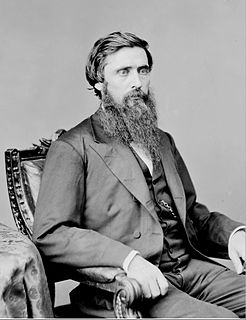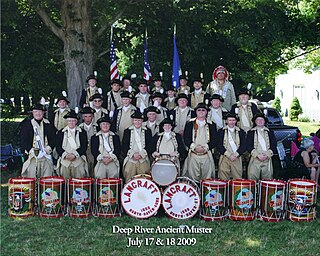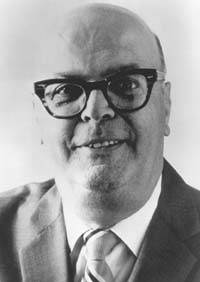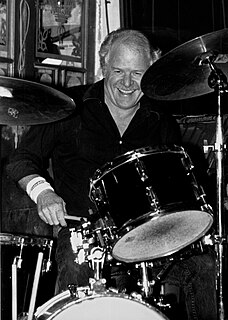Career
Gardiner Strube served as a drummer in Duryea's Zouaves, also known as the 5th New York Volunteer Infantry, during the Civil War. [1] After the war, he served in the Twelfth Regiment, Infantry, N.G.S.N.Y as the Drum Major. [2] While in the 12th, he wrote Strube's Drum and Fife Instructor which was approved by the Secretary of War John A. Rawlins in 1869 for use in the Army of the United States. [3] Strube would later serve as an election inspector for the City of New York in 1874. [4]

The 5th New York Volunteer Infantry, also known as "Duryée's Zouaves", was a volunteer infantry regiment of the Union Army, during the American Civil War, led by Colonel Abram Duryée. Modeled, like other Union and Confederate infantry regiments, on the French Zouaves of Crimean War fame, its tactics and uniforms were different from those of the standard infantry.

The American Civil War was a civil war fought in the United States from 1861 to 1865, between the North and the South. The Civil War began primarily as a result of the long-standing controversy over the enslavement of black people. War broke out in April 1861 when secessionist forces attacked Fort Sumter in South Carolina shortly after Abraham Lincoln had been inaugurated as the President of the United States. The loyalists of the Union in the North, which also included some geographically western and southern states, proclaimed support for the Constitution. They faced secessionists of the Confederate States in the South, who advocated for states' rights in order to uphold slavery.

John Aaron Rawlins was a general officer in the Union Army during the American Civil War and a cabinet officer in the Grant administration. A longtime confidant of Ulysses S. Grant, Rawlins served on Grant's staff throughout the war, rising to the rank of brevet major general, and was Grant's chief defender against allegations of insobriety. He was appointed Secretary of War when Grant was elected President of the United States.
William F. Ludwig held Strube's Instructor in high regard, along with Bruce and Emmett's 1862 book saying, "Both of these instructors should receive equal credit for the firm establishment of the drum rudiments we have today." [5] The National Association of Rudimental Drummers, which Ludwig helped found, based their 26 Standard American Rudiments on Strube's 25 Lessons from theInstructor with just a single additional rudiment. [6] Strube's 25 Lessons, while influential, were actually a truncated version of Bruce and Emmett who themselves had removed several traditional American rudiments from the vocabulary they presented in their book. Nonetheless, the Strube rudiments were also the basis for the Percussive Arts Society's 1984 list of 40 International Drum Rudiments. [1]
William F. Ludwig (1879-1973) was an American percussionist, drum maker, and founder of Ludwig Drums. He helped to create the National Association of Rudimental Drummers and is a member of the Percussive Arts Society Hall of Fame.
George B. Bruce was an American Army drum major during the Civil War. Bruce is best known for co-writing The Drummer's and Fifer's Guide with Daniel Decatur Emmett.
Percussive Arts Society (PAS) is a non-profit organization for professional percussionists and drummers, as well as drum and percussion educators. It was founded in 1961 in the United States and has over 5000 members in 40 American chapters, with another 28 chapters abroad. It is headquartered in Indianapolis.PAS hosts a large convention annually for percussive artists, students, and educators called the Percussive Arts Society International Convention or PASIC. The convention has been running yearly since 1976. PAS also holds an annual indoor marching festival which includes Drum Corps International participants. PAS developed an influential list of drum rudiments called the PAS 40 International Snare Drum Rudiments, which are considered to be the current standard reference on the subject.









